The clever mother must have guessed it. What she wants to tell you today is: cheese.
Every 100 g of cheese needs 1000 g of milk [concentrated] before it can be made. The calcium content is about 4 times that of milk, and its nutrient density is much higher than that of milk. It can be said to be a fighter in calcium supplement food.
Then the question arises, there are so many kinds of cheese brands on the market, which cheese should I choose for my baby?
We invited nutritionist Li Liangli to tell us how to choose a good cheese.
What’s so good about cheese?
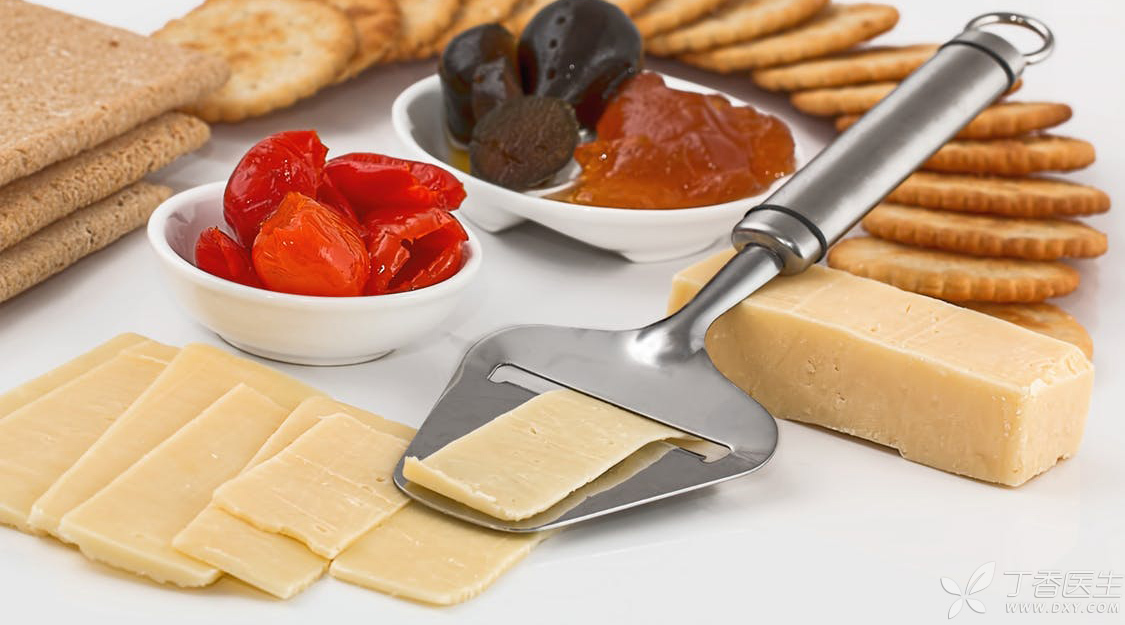
1. Cheese is rich in calcium, phosphorus, protein, fat and other nutrients, with extremely high nutrient density.
2. In the process of fermentation, most lactose is discharged with whey, so the lactose content in cheese is less, which is more suitable for lactose intolerant babies.
3. The protein in cheese is more easily digested and absorbed by human body, and its digestibility can reach 96% ~ 98%.
4. Cheese also contains other minerals and vitamins, such as vitamin A, vitamin B12, zinc, phosphorus, etc.
How to Choose a Cheese Suitable for Baby
When choosing cheese for your baby, it is good to see the following three points clearly: natural cheese (non-recycled), pasteurization, high calcium and low sodium.
1. Choose [natural] instead of [remade]
Most sliced cheese belongs to reprocessed cheese. Reprocessed cheese adds many additives, flavoring agents, water and so on to the natural cheese to improve the taste of the cheese, make the cheese more flavor and prolong the shelf life. Compared with natural cheese, the nutritional value is much lower.
In daily shopping, you only need to look at the ingredient list on the cheese package to make a judgment.
Natural cheese ingredients are very few, usually only milk, salt, rennet, XX bacteria and other processed cheese ingredients list is much more complicated and lengthy.
Therefore, whether it is for children or yourself, try to choose natural original cheese.
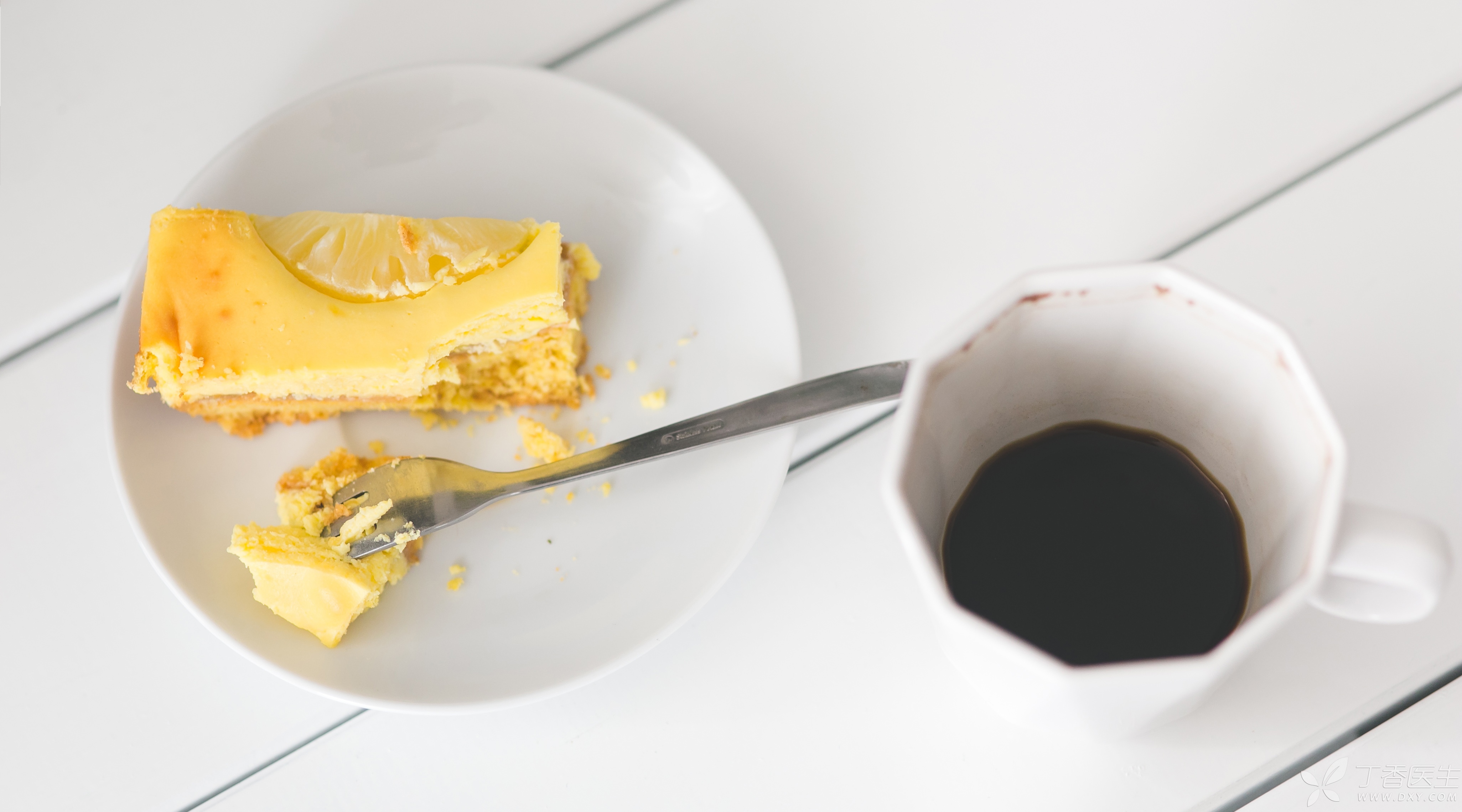
Step 2 Choose pasteurized cheese
Only pasteurized cheese is suitable for children to eat, and unsterilized cheese cannot be eaten by babies. Otherwise, the risk of infection such as Listeria, Salmonella and Escherichia coli may be increased.
3. Choose high calcium and low sodium
For all commercially packaged cheese, the nutrition label on the shell will indicate the sodium content (mandatory requirements of the state). The sodium content of different kinds of cheese varies greatly, but basically ranges from 600 to 1000 mg/100 g. Only a few varieties of natural cheese have very low sodium content, such as Emmentaler cheese.
As for calcium content, since there is no mandatory requirement in our country, the nutrition label on the outer package of most cheese does not indicate the calcium content, either some mothers think it is not standard or does not contain it.
We can roughly calculate the content of calcium from the content of protein: calcium (mg) ≈ protein (g)/3 * 100.
It should be noted that the nutrition label on the outer package of some cheese is not marked every 100g, and some may be marked with a portion such as 28g, especially when calculating the sodium and calcium content.
Which cheese brands are worth trying?
1. Emmy Brand Emma Dahl Cheese
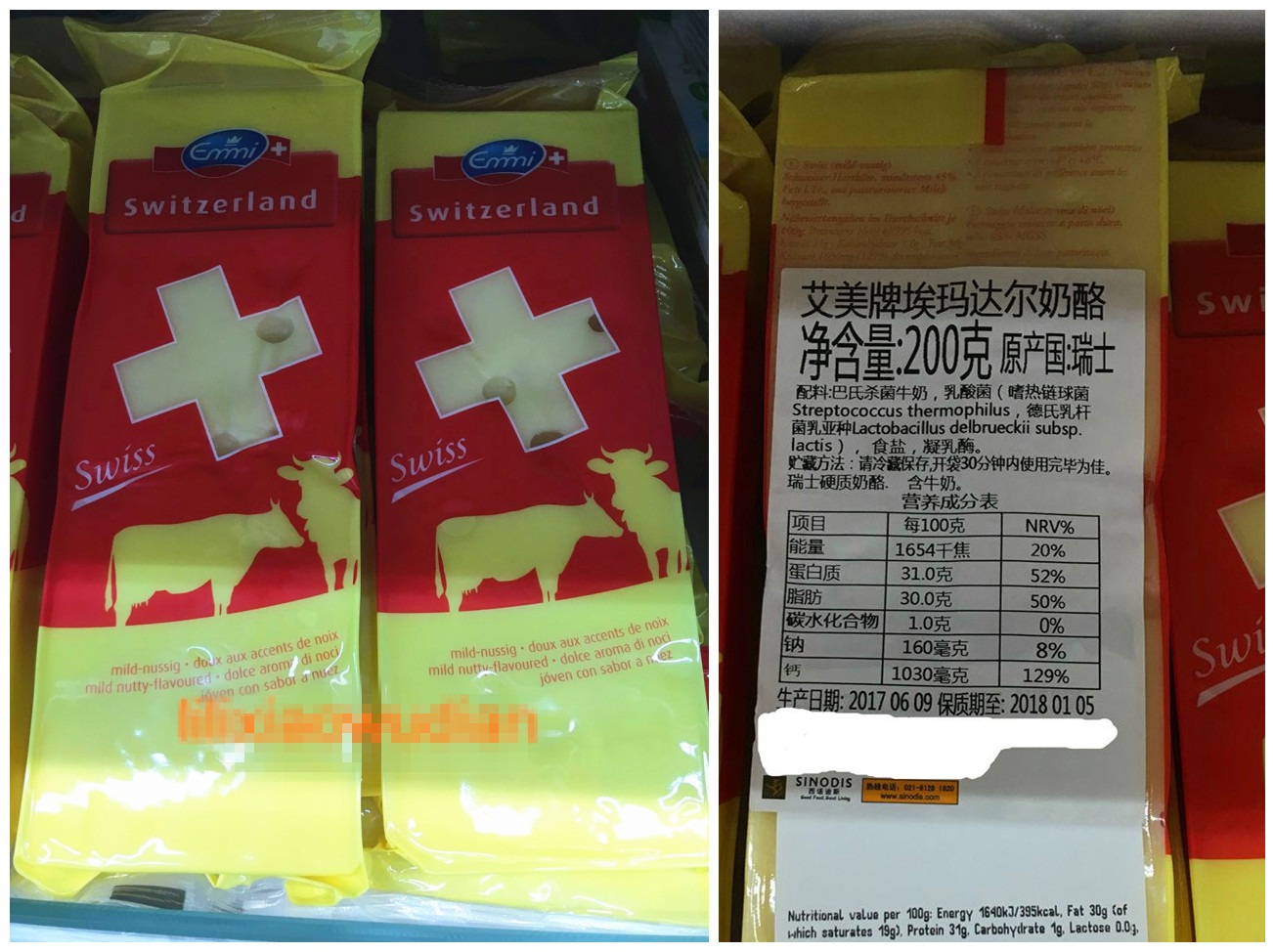
Sodium: 160 mg/100 g (NRV: 8%)
2. Remu Emanta Cheese
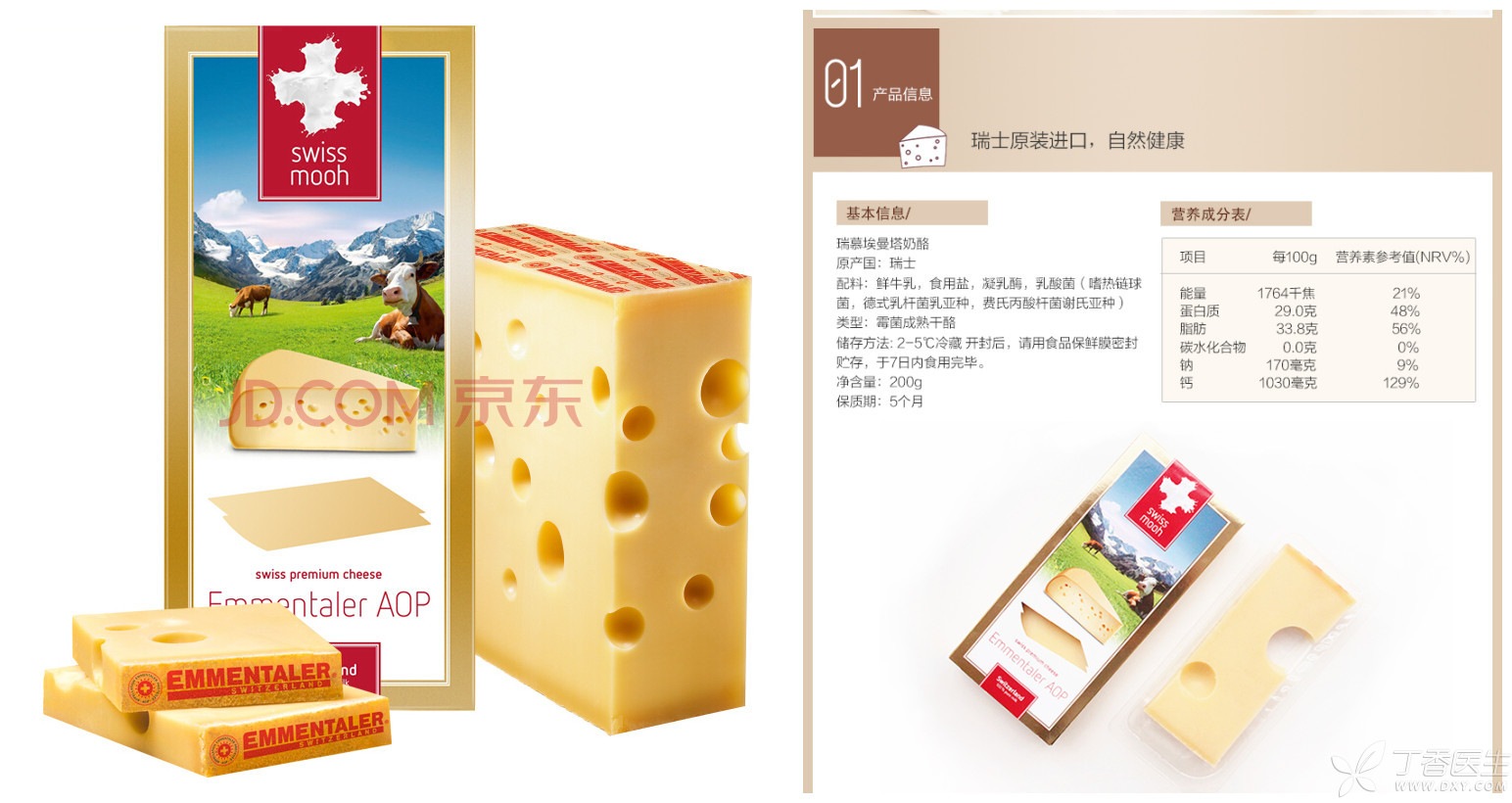
Sodium: 170 mg/100 g (NRV: 9%)
3. Presidential brand Anvenda Lump Cheese
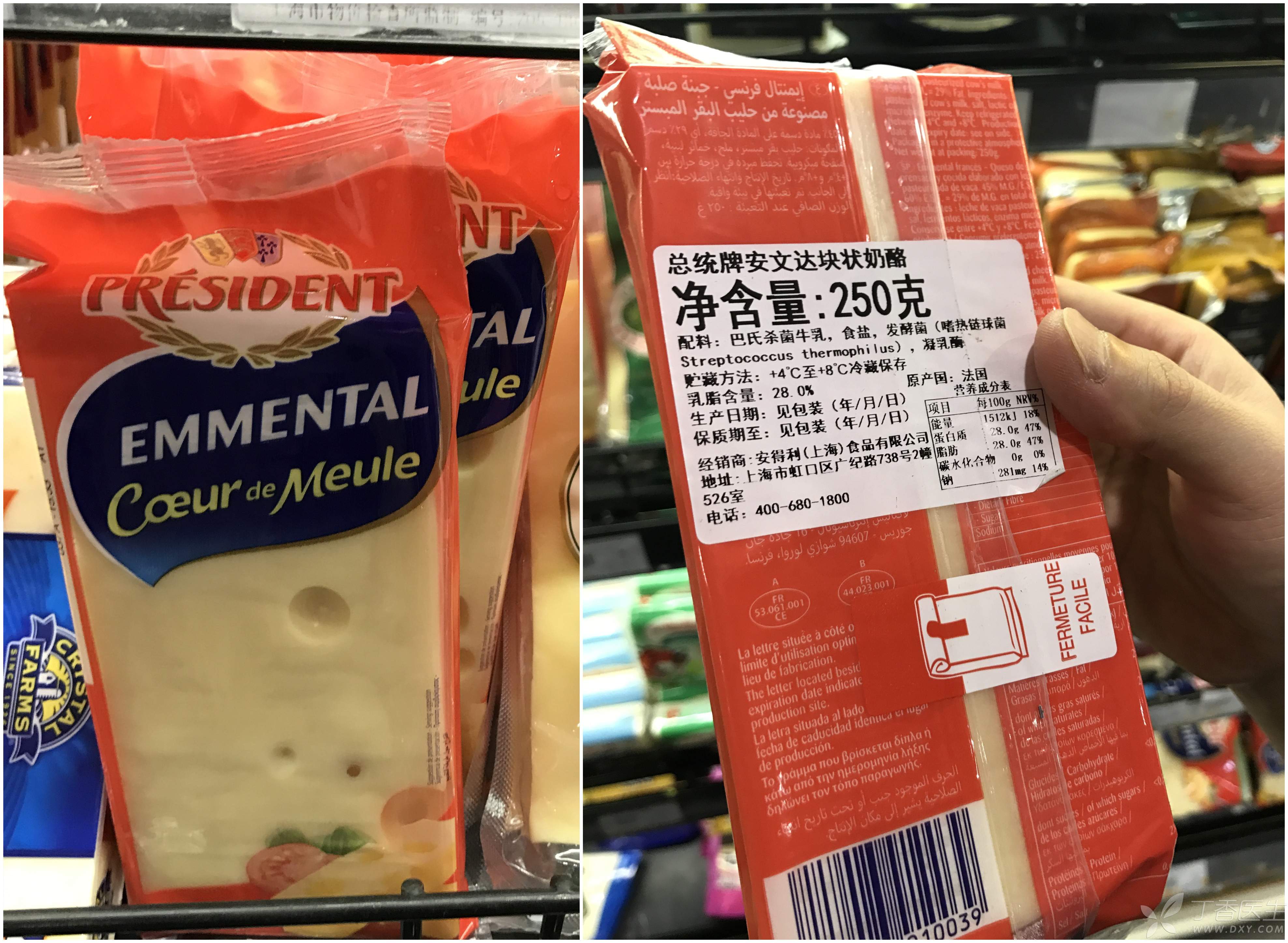
Sodium: 281 mg/100 g (NRV: 14%)
4. Presidential brand Anvinda cheese

Sodium: 360 mg/100 g (NRV: 18%)
5. How Beautiful and Fresh Swiss Macroporous Cheese
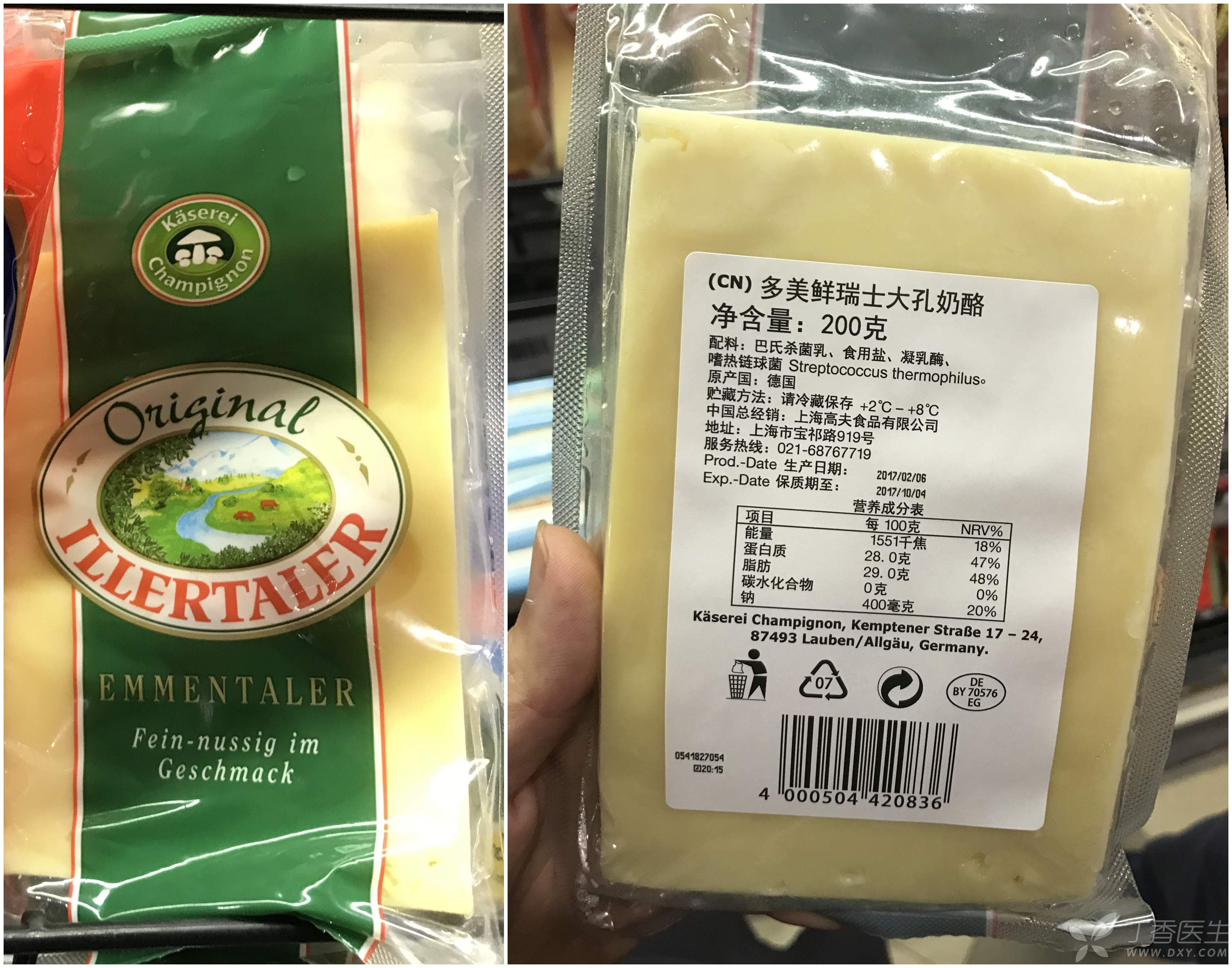
Sodium: 400 mg/100 g (NRV: 20%)
NRV: Nutrient Reference Value
How is cheese better?

STEP 1 Don’t eat too much
Although cheese is rich in protein and calcium, it is also rich in fat. Excessive intake is easy to cause adverse reactions of digestive system. Long-term excessive intake will increase the risk of obesity.
Take the most common cheddar cheese as an example. Giving your baby about 25 grams of natural cheese every day can provide about 180 mg of calcium, which is equivalent to the calcium contained in 180 ml of milk.
2. Suitable for babies over 1 year old
Almost all cheese will be added with salt during the production process, so the sodium content of cheese is relatively high and is not suitable for babies under 1 year old. After the age of 1, you can choose suitable products to eat in small quantities as a form of rich milk source, which is not a necessary food for your baby.
5. Please refer to the specific eating method.
- Cut the cheese into small strips or pieces, Give the baby as finger food to eat directly. Put the cheese on the baby’s vegetables and heat it into a whole to make stewed rice, fried rice, fried noodles, pasta and other staple foods. You can add the cheese and put the cheese into balls, cakes, intestines as sandwiches to make various pancakes, pizza and other times sprinkle it on the top and form various delicious dishes together with wild eggs.
Cheese Super Easy Recipe
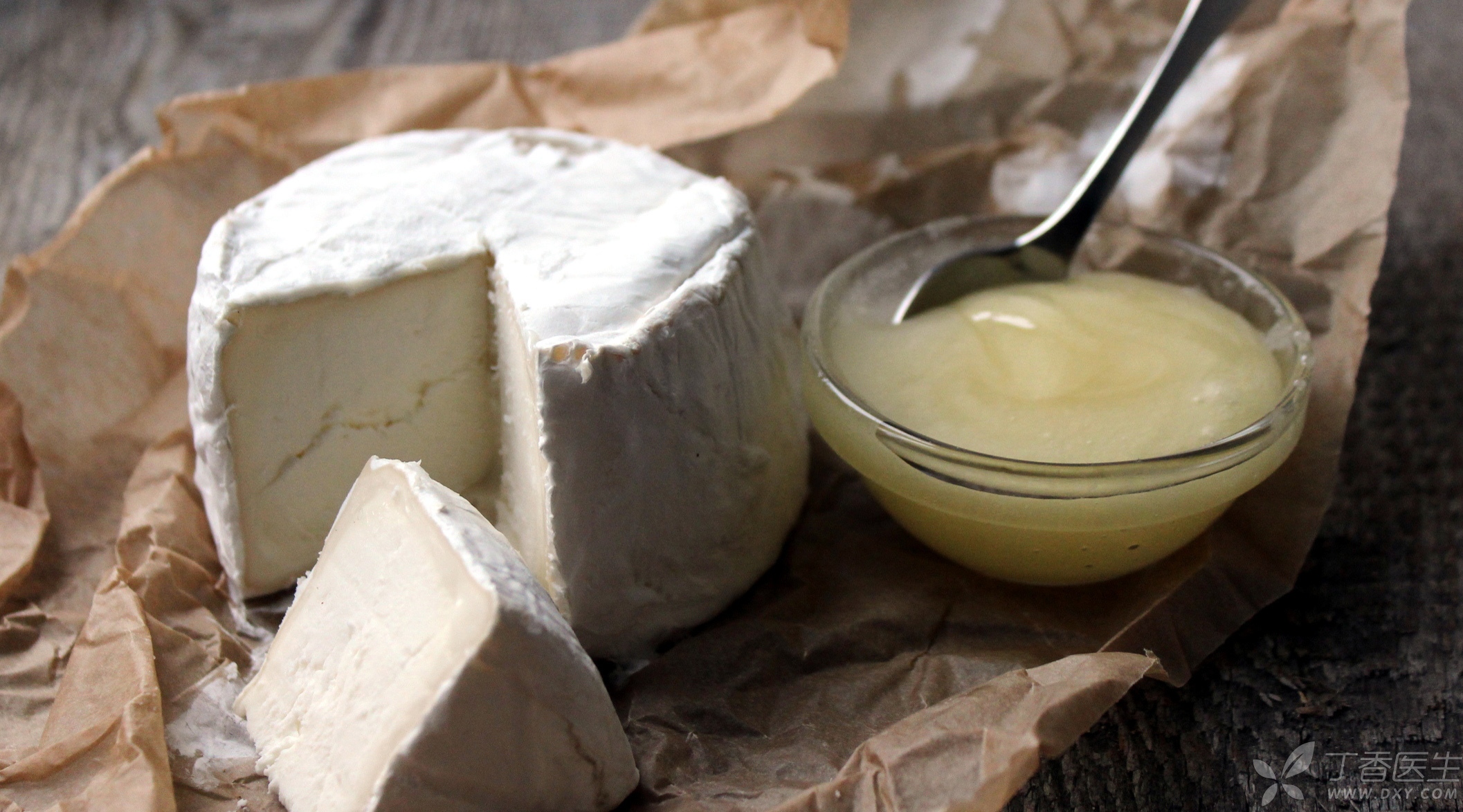
If you are not satisfied with eating cheese directly or just using cheese as a dip sauce, try the following cheese dishes to enrich the dishes on the table.
Steamed egg custard with cheese
Ingredients: cheese, eggs, proper amount of water
Step:
Cut the cheese into small pieces, add it to the broken egg liquid, add appropriate amount of water and steam for 5-10 minutes.
Egg custard is a food that many babies often eat. Cheese grains are added to the egg custard. The mixed consumption of the two foods increases the protein utilization rate and enriches the flavor of the egg custard.
Scrambled Eggs with Cheese
Raw materials: eggs, cheese and chopped green onion.
Step:
1. Beat the eggs, cut the cheese into small pieces, mix with the egg liquid, and add a proper amount of chopped green onion;
2. Add a small spoon of oil to the pan, pour in the egg liquid, scramble the egg liquid with low fire, and let the cheese melt slowly.
3. Take it out of the pot and put it on the plate! Sprinkle some chopped green onion ~
Cheese is a good helper for calcium supplement. It is added to the baby’s supplementary food. It is simple and delicious to operate and will definitely make the baby love it.
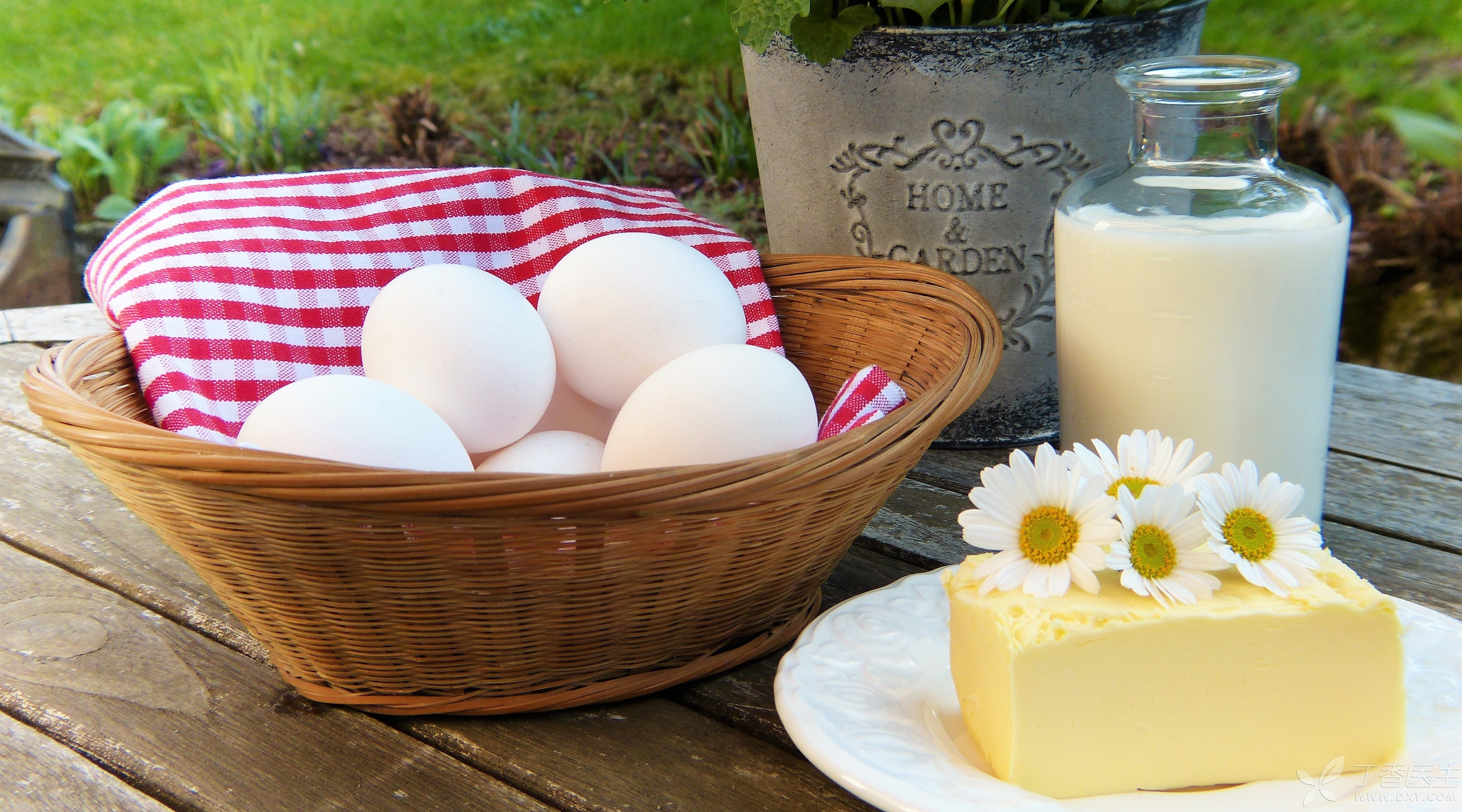
Braised egg with cheese
Raw materials: 3 eggs, proper amount of diced ham, proper amount of diced carrot, proper amount of cheese and proper amount of scallion.
Step:
1. Beat up the eggs. Cut the carrots, cheese and ham into dices. The smaller the better, put them into the broken eggs. Add chopped green onion, add appropriate amount of salt, continue to beat and beat evenly.
2. Smear oil on the pan, heat it over low fire, pour egg liquid into the pan after the oil is hot, and spread it out.
3. When the bottom of the egg cake is ripe and the egg liquid on the upper layer is still a little raw, roll it from one side to the other. After rolling, the egg liquid inside is ripe, then take it out of the pan and cut it off.
After adding cheese, it is tender and delicious, and the milk tastes more fragrant, not to mention the baby. Even I think it is extremely delicious and suitable for the whole family to enjoy together.
Pumpkin Cheese Soup
Ingredients: 100 g of peeled pumpkin, 20 g of cheese, 50 ml of milk, proper amount of glutinous rice flour and water.
Step:
1. Peel pumpkin and cut it into small pieces. Add appropriate amount of water and boil until soft and rotten.
2. Mix glutinous rice flour with milk to form a thin paste liquid and pour it into pumpkin soup.
3. Add cheese and stir evenly until the cheese melts.
The delicious pumpkin soup is always irresistible, but the common pumpkin soup in western restaurants is usually made of cream. Replacing cream with cheese and milk greatly improves the nutritional value of pumpkin soup. Adding a small amount of glutinous rice flour to thicken also makes the taste more mellow. I believe both adults and babies will like it.
